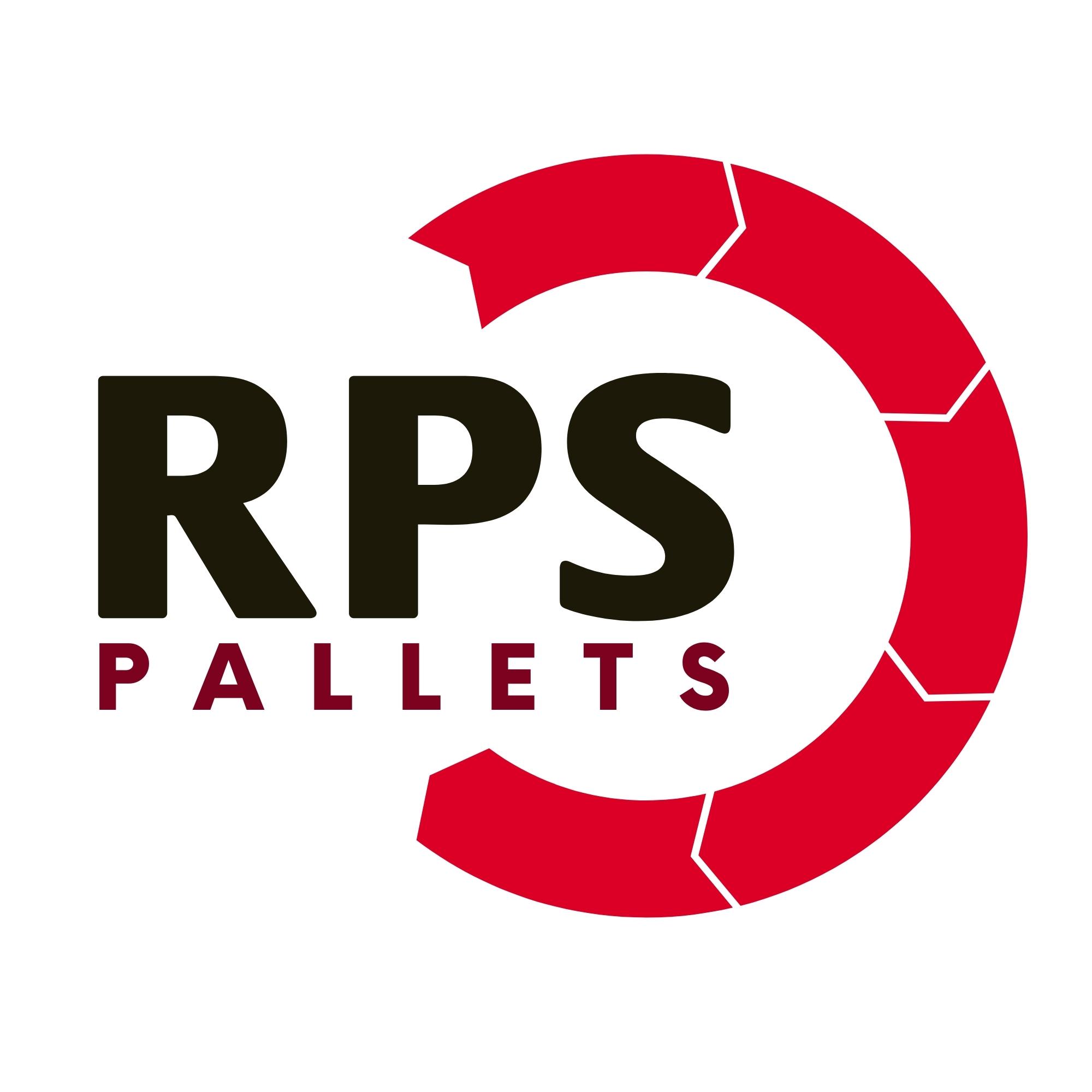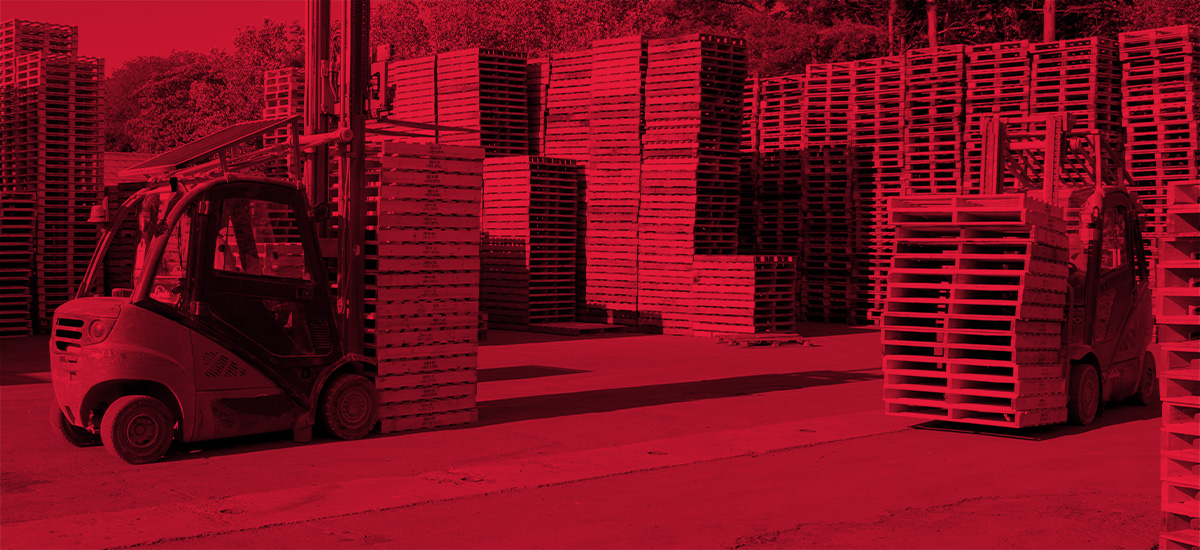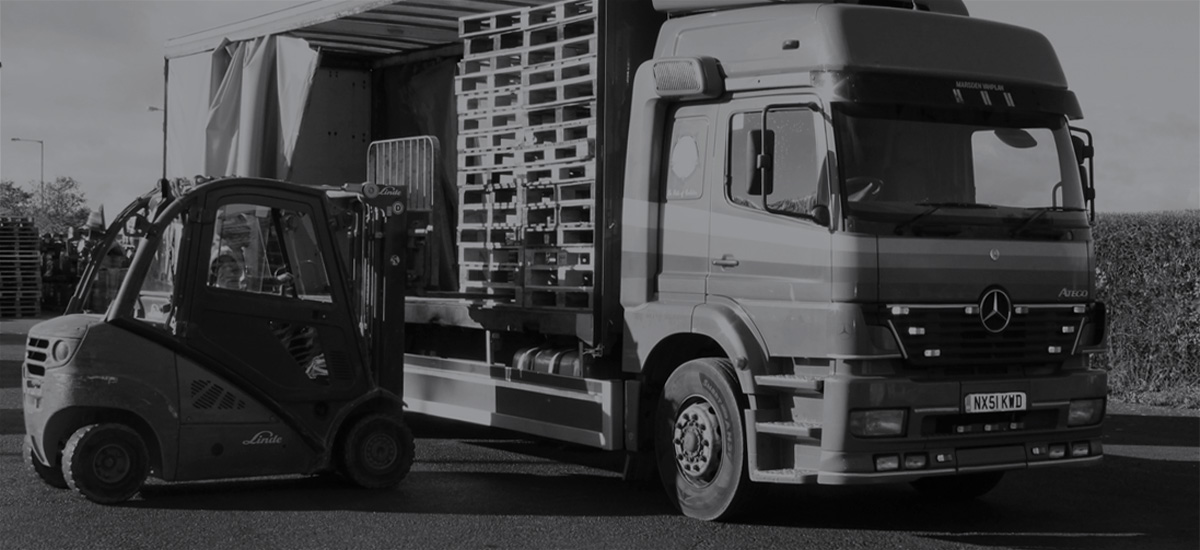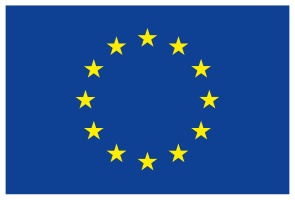Recycling is always on the agenda; EU targets, business commitments to do more and television campaigns to combat waste. But how effective is recycling and should we be focussing to increase targets or drastically rethink how waste is handled?
As yet, there are no formal reuse targets despite this option being a higher priority than recycling in the EU Waste Framework Directive. Compared to reduce and reuse, recycling gets more screen time. Reuse is less labour intensive compared to the remanufacturing processes associated with recycling, so should we focus more on the preferable waste hierarchy options?
Something that underpins the EU Waste Framework Directive is that the waste hierarchy should be applied if it’s economically viable. If the reuse option is applied, such as the reuse of wooden pallets, this generally presents an economically viable process and helps to reduce waste. However, reuse can sometimes be uneconomical and recycling then becomes the next best option.
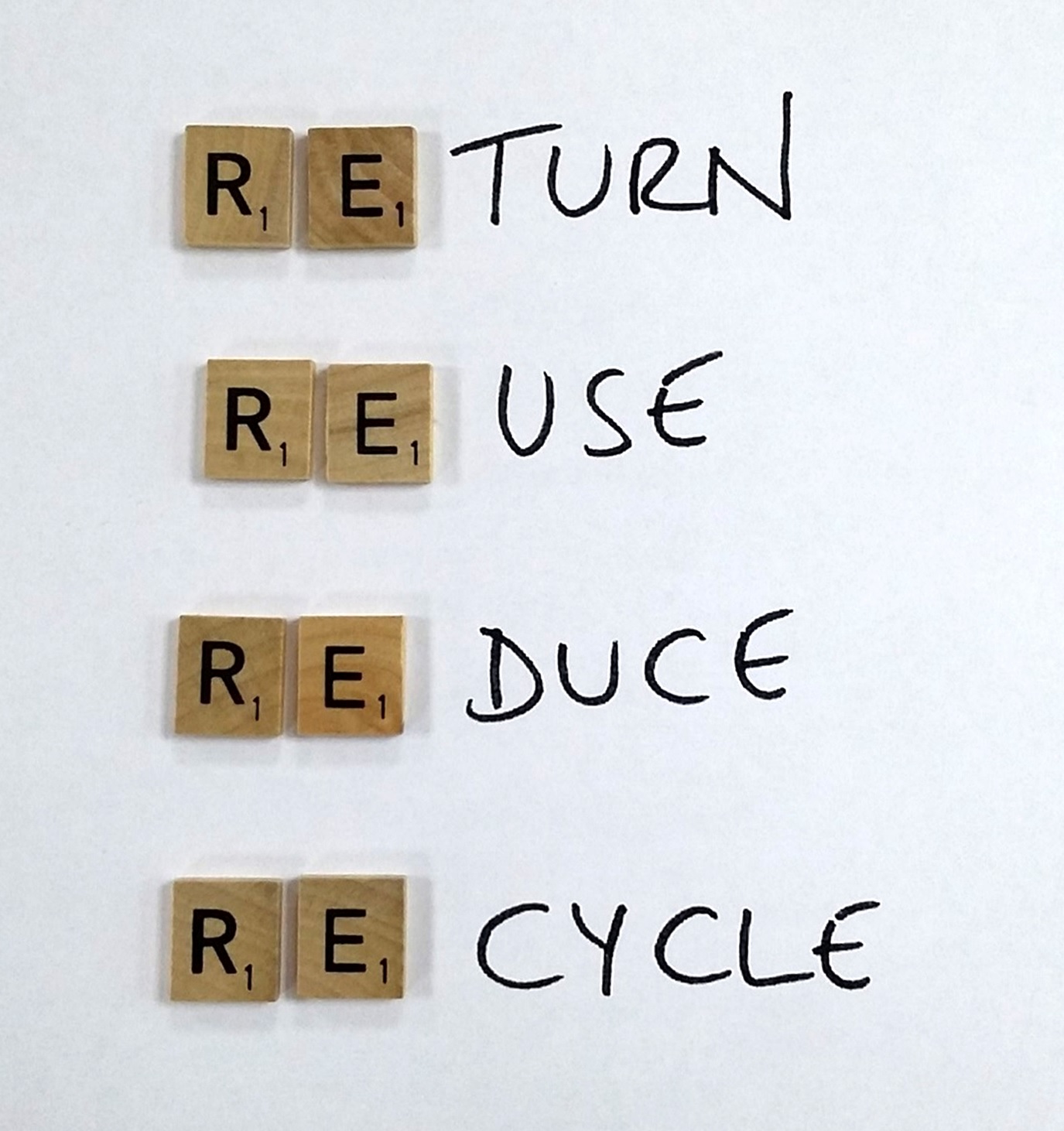
Irn Bru ceased their return policy for glass bottles at the end of 2015, ending 110 years of reuse. Improved kerbside glass recycling collections meant AG Barr, the company behind Irn Bru, experienced a continual reduction in bottle returns. As a result, the operation of glass cleaning became expensive and uneconomical to operate. In this case, reuse has been superseded by glass recycling as the most economically viable option.
On the other hand, there are some recycling processes that might have a greater environmental impact, for example paper recycling. Simple enough, less tress being cut down and less impact on the environment? However, by recycling paper we could be reducing the number of new trees being planted and in turn the benefits associated with this activity; air quality, land drainage and wildlife habitat creation. The option of reduce would be preferable here, perhaps followed by reuse. Reducing paper thickness could reduce the quantity of materials needed and in some circumstances paper can be reused as note paper, i.e. for taking phone messages if the reverse is blank or there is space on the original printed side.
The key thing to address is that our society uses raw materials to create new products. The more we manufacture, the more resources we need. Looking at the design of products can allow us to reduce the volume of materials required, and enable a product to be reused several times to mitigate waste. By thinking about what we have and what we need, we can apply the preferable legislative options.
Landfill mining is currently taking place to extract formerly disposed materials such as precious metals. It’s important that we conserve raw materials and by recovering these disposed resources we can try to reduce our dependence on new materials. This process is like we’re cleaning up our predecessors’ waste, but from now on product design can have greater consideration to help reduce future environmental impact.
We should ask ourselves, is our obsession with recycling detrimental and should we impose reuse targets to reduce waste? Is the latest EU recycling target missing a fundamental principle of the circular economy and the waste hierarchy? Should recycling be a last resort after we’ve tried more preferable environmental options?
In some circumstances, recycling is without doubt best, but there are still some waste management streams that discredit this. Our focus should be on changing our attitude towards waste and apply common sense to engage at the correct waste hierarchy level. If we embrace a coherent attitude towards environmental impact, the benefits would soon be apparent. Small scale operations will help but it’s a larger widespread phenomenon that could educate and alter habits to encourage an improved environment.
